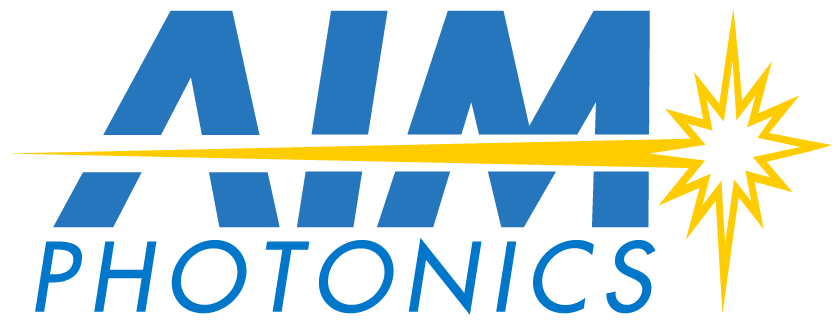
PHOTONICS WORKFORCE ROADMAP
To meet the demands for a skilled integrated photonics workforce, AIM Photonics set out to find out what employers’ needs were, at both the technician level and the master’s/PhD level.
In the resulting work, Preparing the Advanced Manufacturing Workforce: A Study of Occupation and Skills Demand in the Photonics Industry, Dr. Randy Kirchain and his team have released their first workforce roadmap for the fiber and photonics industry.
Background
Roadmap findings are based on interviews and surveys of operations managers from more than 50 photonics firms from across the U.S.
The research focused on skills needs for the technician and middle-skilled workforce over the next 3-5 years. Specifically, respondents were asked to characterize demand, hiring challenges, and training gaps for most middle-skilled technical occupations and four selected lower-skilled occupations (electronics assemblers, semiconductor processors, optical equipment operators, and ceramics equipment operators).
Results and Identified Skills Gaps
Results indicate that there is strong and growing demand for technical workers in the U.S. fiber optics and integrated photonics industry, especially for photonics technicians, electrical/electronic engineering technicians, and computer-controlled machine tools operators.
Based on skills-related results, we see a clear need for photonics technicians to receive more extensive training on how to fabricate and assemble optical systems, diagnose and resolve process or product problems, design and execute testing methods, and recommend design changes.
Dr. Kirchain also conducted extensive interviews with companies about their workers with master's and PhD degrees to find out what additional training those workers needed to be successful in the field of integrated photonics manufacturing. The resulting study, Learnings to-date from PhD Workforce Interviews, found that although many students completed their graduate studies with a deep understanding of integrated photonics, they had a weak understanding of how to design for manufacturing, as these programs focused on how to build an innovative prototype, but not how to move that prototype into a production environment.
Acknowledgements
This work was supported by the U.S. Department of Defense under the AIM Photonics Manufacturing Innovation Institute. The authors would like to further acknowledge the contributions of the MIT Office of Open Learning for additional resources that made the study possible. Additionally, the authors are indebted to the Optical Society of America, the MIT Microphotonics Center, and the Center for Optical Materials Science and Engineering Technologies (COMSET) at Clemson University. Without these three groups, the survey that underpins this study would not have been successful.

